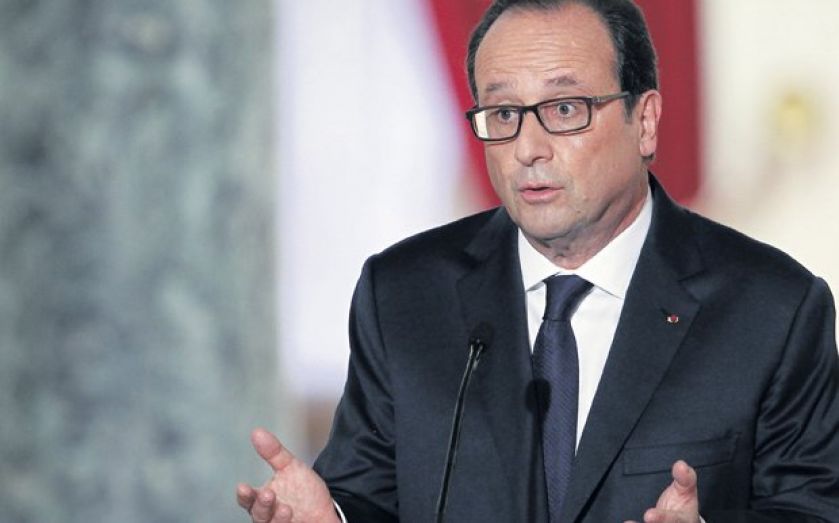| Updated:
The Eurozone optimists are playing a dangerous game – Investment Comment

Despite a continuing stream of woeful economic data from the Eurozone, a number of investors and fund managers have become more sanguine about the currency bloc in recent months. Writing in these pages in August, JP Morgan’s Blake Crawford argued that a combination of economic revival, continued low interest rates and supportive monetary policy should “set the stage for stronger earnings growth” in Europe.
I’m cautious about Europe for one simple reason: it is not worth the additional risk when measured against other markets, including the UK, where there are plenty of interesting selective stock-picking opportunities in large companies exporting to global markets (especially the likes of the US, China and the Far East).
STRUCTURAL WORRIES
Concerns remain over the strength of the Eurozone economy as a whole, and at country level. We would caution against wholesale purchases of companies and sectors overly reliant on trading within the bloc, given the persistently weak data. Too many structural concerns remain, including continuing fears of deflation, high unemployment, excessive government debt, political upheaval, and an ongoing sanctions tit-for-tat with Russia.
Of course, the European Central Bank (ECB) introduced more stimulus measures at its last meeting, announcing a programme of asset purchases (dubbed “QE lite”) on top of negative deposit rates. But it is difficult to see how things could turn around in the short term, as implementation of monetary policy is inconsistent with the lack of political union. Political cohesion is needed to manage economic policy and to introduce austerity measures that will enable governments to reduce their deficits sufficiently to hit European targets.
Eurozone governments are saddled with excessive debt (particularly Greece and Italy); deflation would make debt repayments even more expensive. The euro is likely to remain depressed while the European recovery and clarity of economic policy remain in question, and it is possible that companies will be hit by the additional burden of higher taxation to fund debt.
ROTTEN TO THE CORE
The three largest economies (Germany, France and Italy) remain causes for concern, as signs of weakness continue and economic activity stagnates. With its second quarter GDP falling by 0.2 per cent, Italy is now in a triple-dip recession, which has wiped out almost all of the country’s growth since 2000. The official jobless rate is 12.6 per cent, with youth unemployment at almost 43 per cent. There appears to be little political will within the Italian government to instigate the level of structural reforms needed to place the economy back on course for recovery.
France is currently renegotiating with Europe, as it is looks highly likely that it will miss its budget deficit targets this year and next. Its second quarter GDP figures, meanwhile, were little better than Italy’s, with growth flat. The situation is clearly not helped by political in-fighting, which has resulted in a government reshuffle (including the sacking of the country’s economy minister and vocal critic of austerity Arnaud Montebourg), and a relatively close parliamentary confidence vote. Just yesterday, the release of purchasing managers’ index (PMI) data hinted that France may be heading back towards a recession.
The release of GDP data in Germany showed a significant underperformance during the second quarter, as the economy shrank by 0.2 per cent, falling well below prior estimates of 1.3 per cent growth. There were also signs of a slowdown in the manufacturing sector, with industrial orders falling by 3.2 per cent in June. The country is hardly living up to its reputation as an economic powerhouse.
PMI data released yesterday, meanwhile, showed that Germany’s private sector grew for the seventeenth consecutive month in September, but that its manufacturing sector expanded at its slowest pace since June 2013. Germany’s economy should return to growth in the next couple of quarters, although the geopolitical situation – particularly in relation to trade with Russia – could prove to be a significant downside risk.
THE BRIGHT SIDE
On a more positive note, while the Greek economy shrank by 0.2 per cent in the second quarter, the rate of contraction is slowing.
Bond yields remain at very low historic levels, as investors look for safe-haven assets due to disappointing economic data and tensions in Ukraine and Russia. The key 10-year government bond yields for the Eurozone’s core members are currently: Germany 1 per cent, France 1.34 per cent, and Italy 2.37 per cent. This indicates there is still a large element of fear among some investors. And with inflation in the Eurozone still extremely low (and likely to remain so for some time to come), Eurobonds are currently offering a real rate of return above cash.